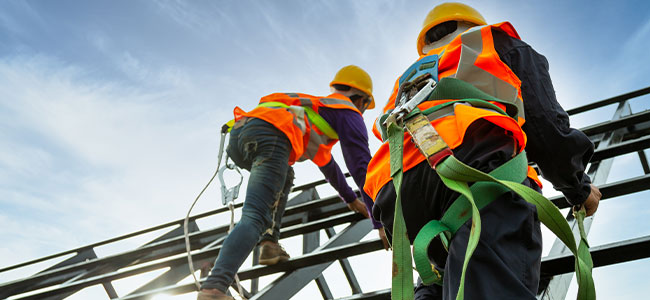
Washington L&I Updates Fall Protection Standards to Align with Federal Regulations
The rule changes will bring the department more in line with federal OSHA standards.
- By Robert Yaniz Jr.
- Feb 09, 2024
The Washington Department of Labor and Industries (L&I) is updating its fall protection standards in its latest effort to enhance worker safety. This move follows a May 2023 notification in which OSHA advised L&I that the Division of Occupational Safety and Health (DOSH) needed to amend its existing fall protection standard to match the federal body's effectiveness.
Now, according to its official website, L&I has launched an expedited rulemaking process for chapter 296-880 WAC, focusing on unified safety standards for fall protection. The changes specifically target “leading edge work, safety monitor system requirements and roofing activities on low-pitched roofs.” With this update, the department will be compliant with the state plan.
Under the rule change, key amendments include clarifications in the definitions of fall restraint systems, adjustments in construction work exemptions and revisions to the requirements for warning line systems and safety monitor systems. For instance, the updated language specifies conditions under which a safety monitoring system may be used during roofing work on low-pitched roofs, streamlining the guidelines for safer work environments.
Stakeholders and the public have until 5:00 p.m. on April 8, 2024, to express any objections to the expedited rulemaking process. Objections must be submitted in writing to Carmyn Shute, Administrative Regulations Analyst at DOSH, at [email protected].
About the Author
Robert Yaniz Jr. is the former Content Editor of Occupational Health & Safety.